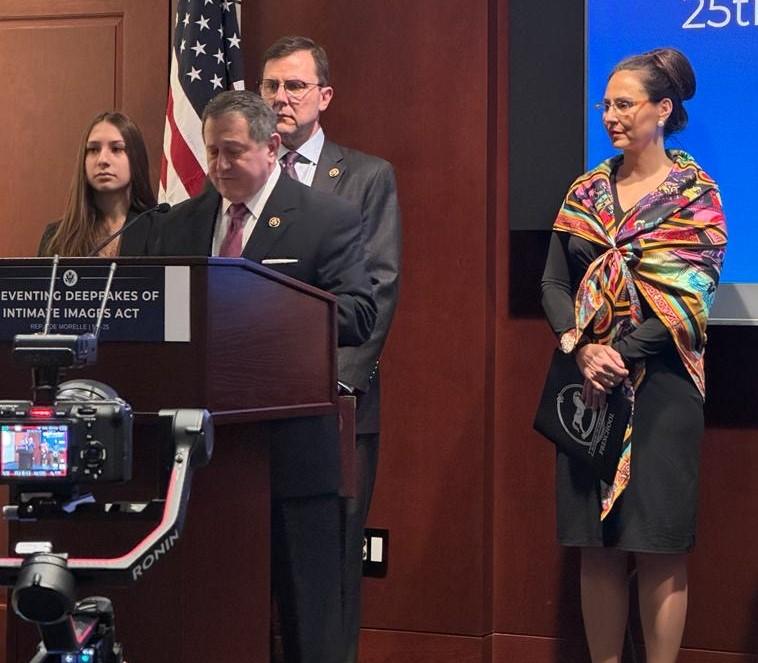Twenty years after the launch of the U.S.-led coalition invasion of Iraq, Secretary of Defense Lloyd Austin made an unannounced visit to Baghdad on March 7 to meet with the nation’s prime minister Mohammed Shia al-Sudani.
Austin is on a multi-day tour of the Middle East during which he will meet with the leaders of nations that are allied with the United States.





